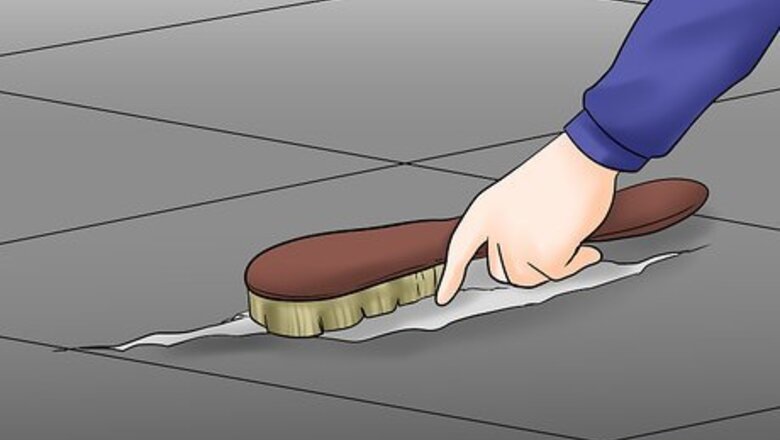
views
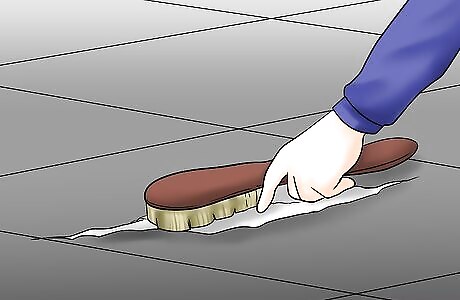
Clean the damaged portion of the concrete step. Remove all loose gravel, sand, dirt, and cement with a clean, stiff wire brush. You can also tap lightly with a hammer or use a hammer and chisel. If the day is going to be hot, work in the morning, and then moisten the cement throughout the day.

Make a form. Screw 2 short pieces of 1 inch by 6 inch (2.54 cm by 15.24 cm) lumber together at a 90-degree angle to form an "L" shape. The form can also be held together using several long pieces of duct tape.
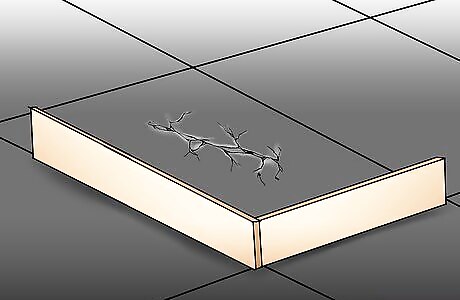
Align the wood form. Place the wood form against the damaged corner of the concrete step so it is flush with the top of the step. Tape the form to the step firmly with duct tape.
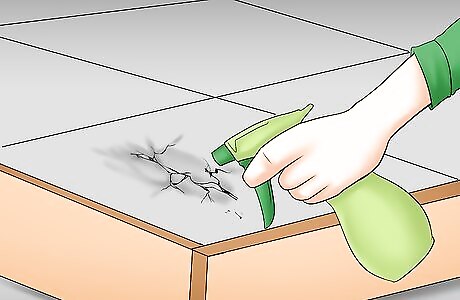
Lubricate the form. Spray a coat of cooking oil spray on the inside of the wood form to prevent the wood from sticking to the new concrete.
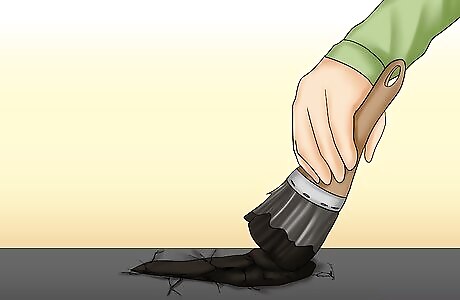
Apply bonding liquid. Use a paint brush to apply a thick coat of latex bonding liquid on the damaged portion of the concrete step were you will be applying the new concrete.

Prepare quick-setting cement. Mix a small amount of quick-setting cement in a plastic bucket according to the instructions on the packaging. Make sure to add enough water, otherwise you won't be able to mix it properly. Do not use pre-mixed vinyl cement repair because it shrinks and will not hold weight. These vinyl fillers are best used to fill holes in stucco walls where no one is walking over them. "Cement-all", that is $22 per bag, does not need a bonding agent, and can be driven over in 60 minutes with an automobile. When you are mixing cement, wear safety gloves, a safety mask, and clothes that cover your skin (like jeans).
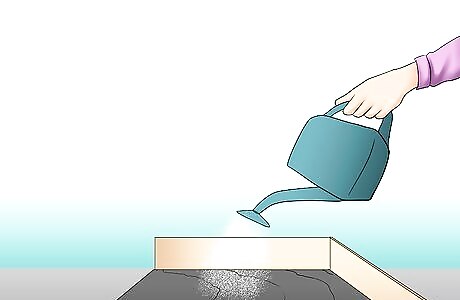
Dampen the area. Moisten the area where you are going to be adding the new cement so that the existing concrete will not draw the moisture out of the wet cement, making it less likely to harden properly.
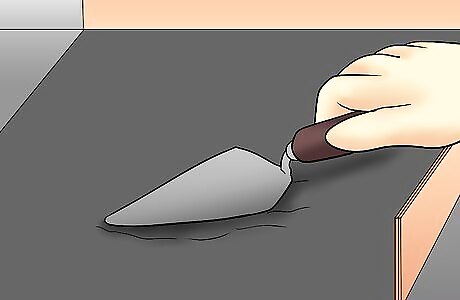
Apply the cement. Use a pointed trowel to scoop the cement onto the damaged portion of the step and press it into the wood form. Overfill the wood form slightly.
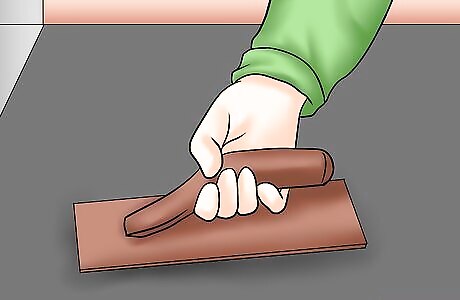
Smooth the newly laid cement. Use the flat side of the trowel to smooth the cement so it is flush with the remaining portion of the step. Don't be afraid to apply pressure. Pressure will fill holes and make it more level.

Allow the concrete to dry overnight.

Remove the duct tape and the wood form.

Keep the cement moist. Use a spray bottle to moisten the new concrete patch 2 or 3 times a day for 3 days. Then moisten the patch twice daily for a week. This is needed to make the cement cure slower. If it gets dry too fast, it is more likely to crack.



















Comments
0 comment